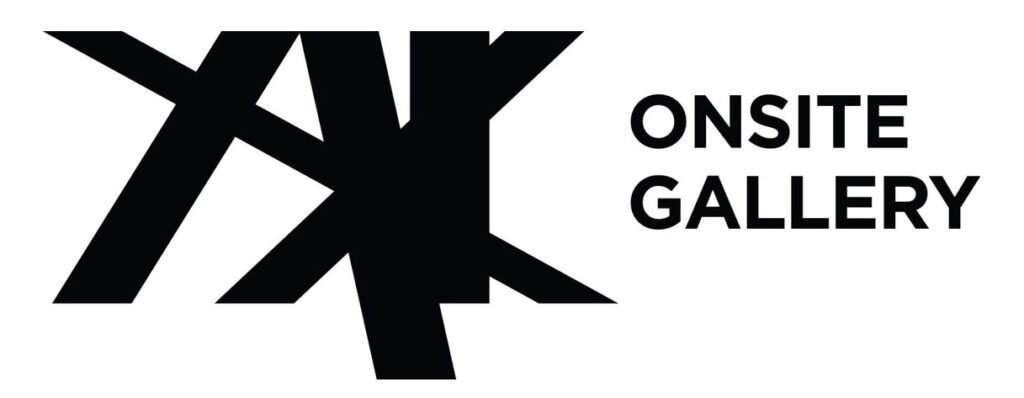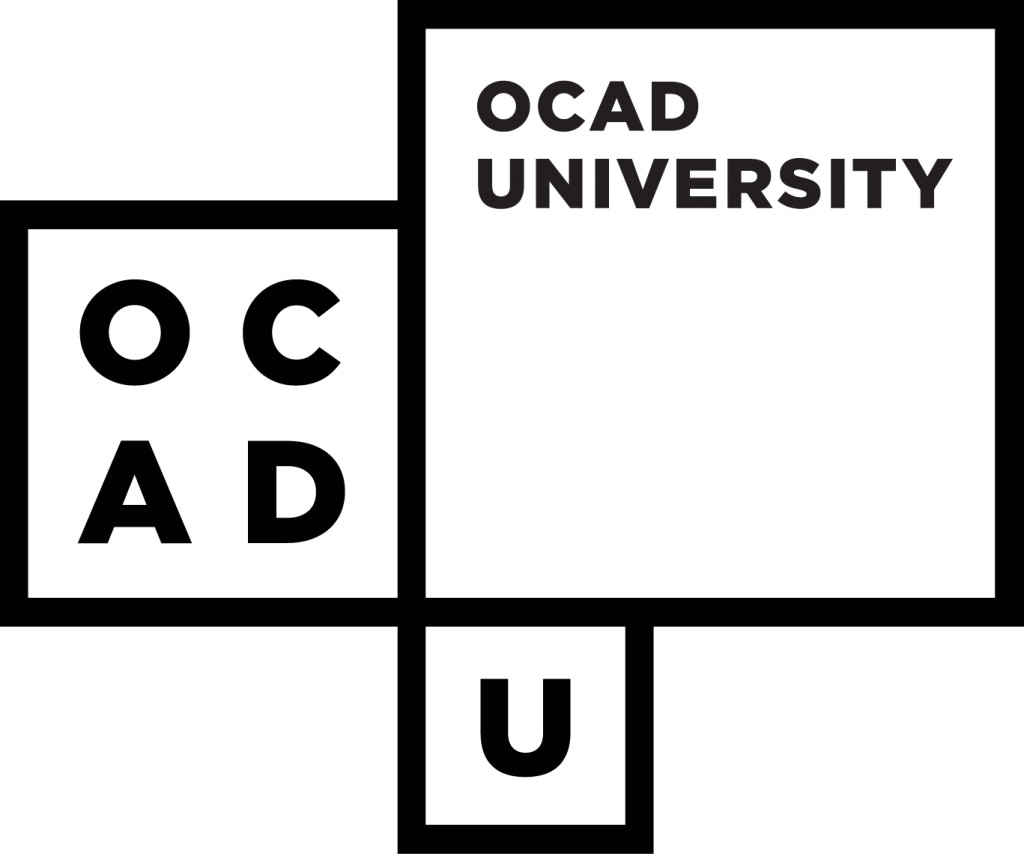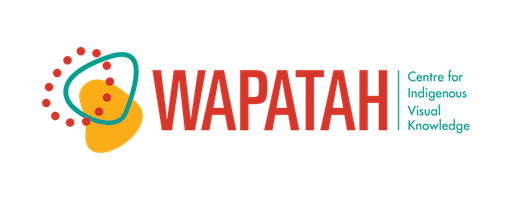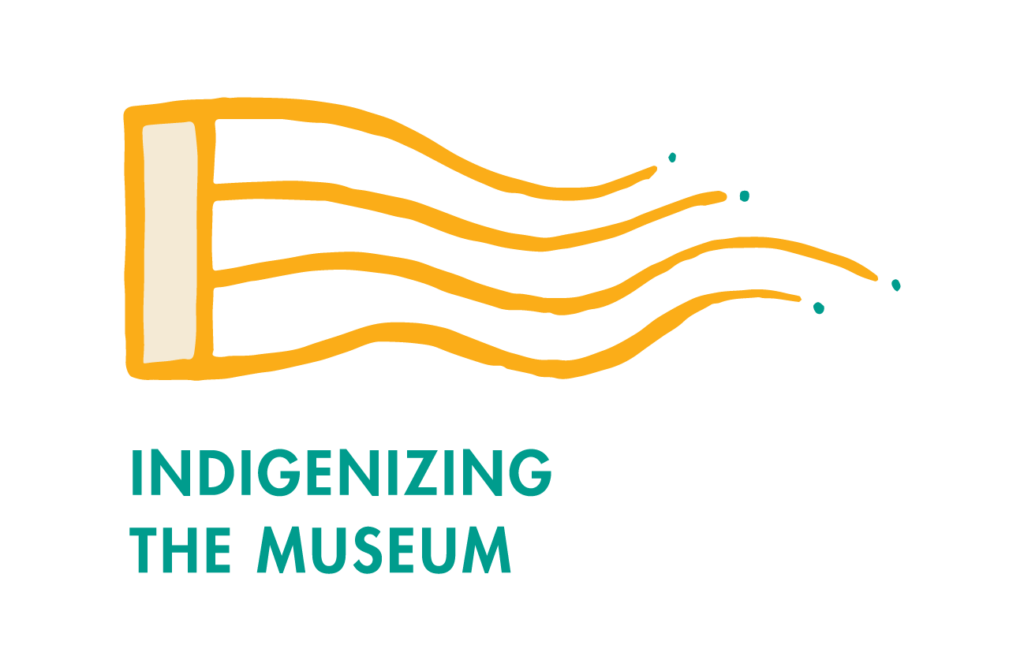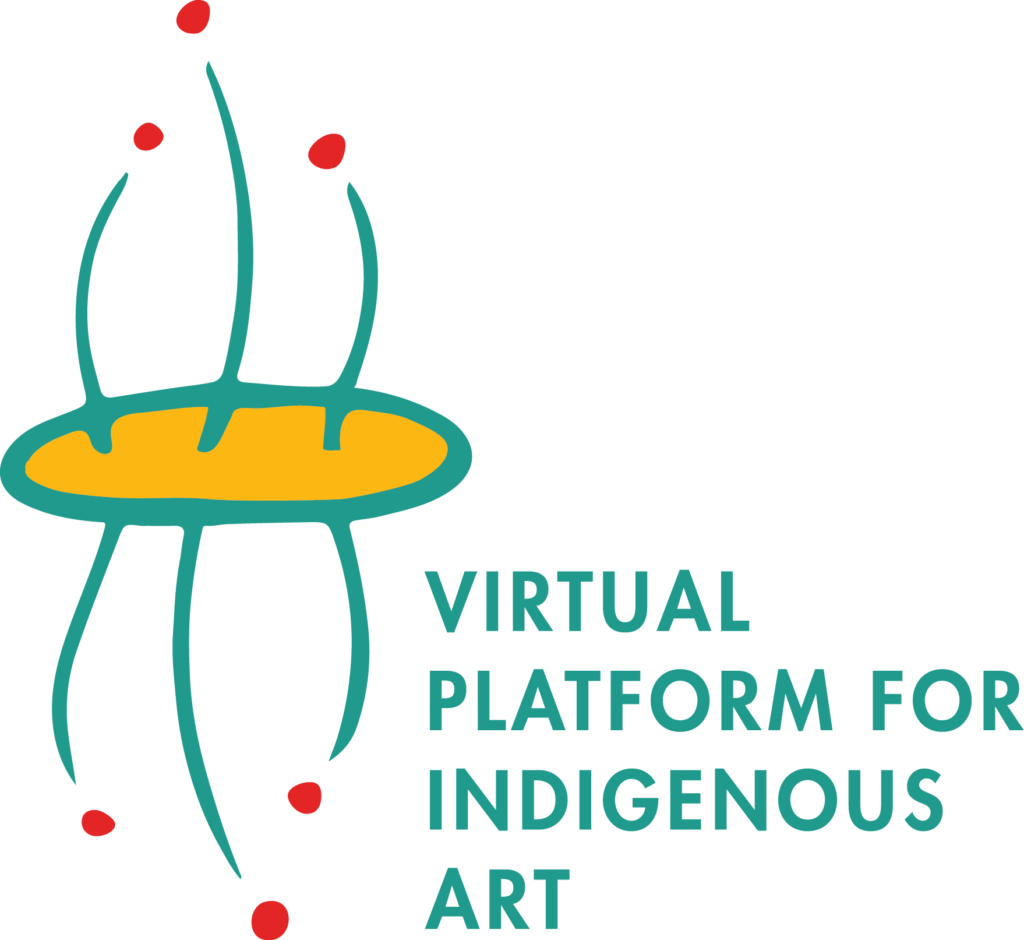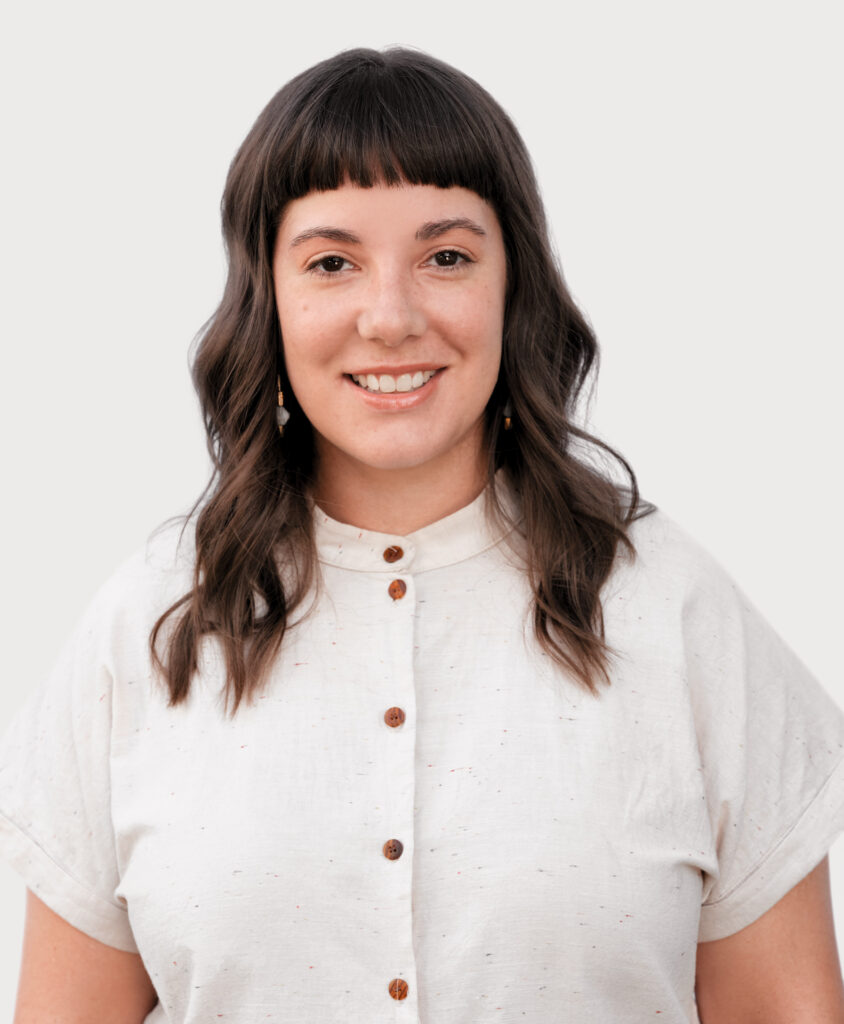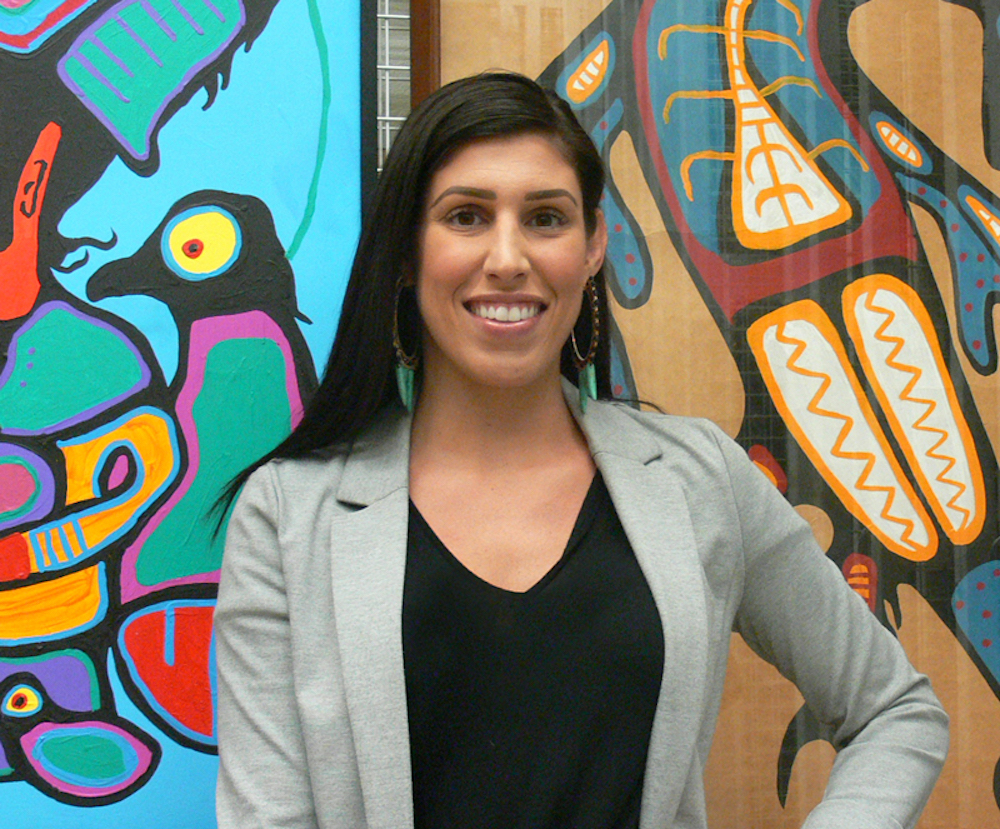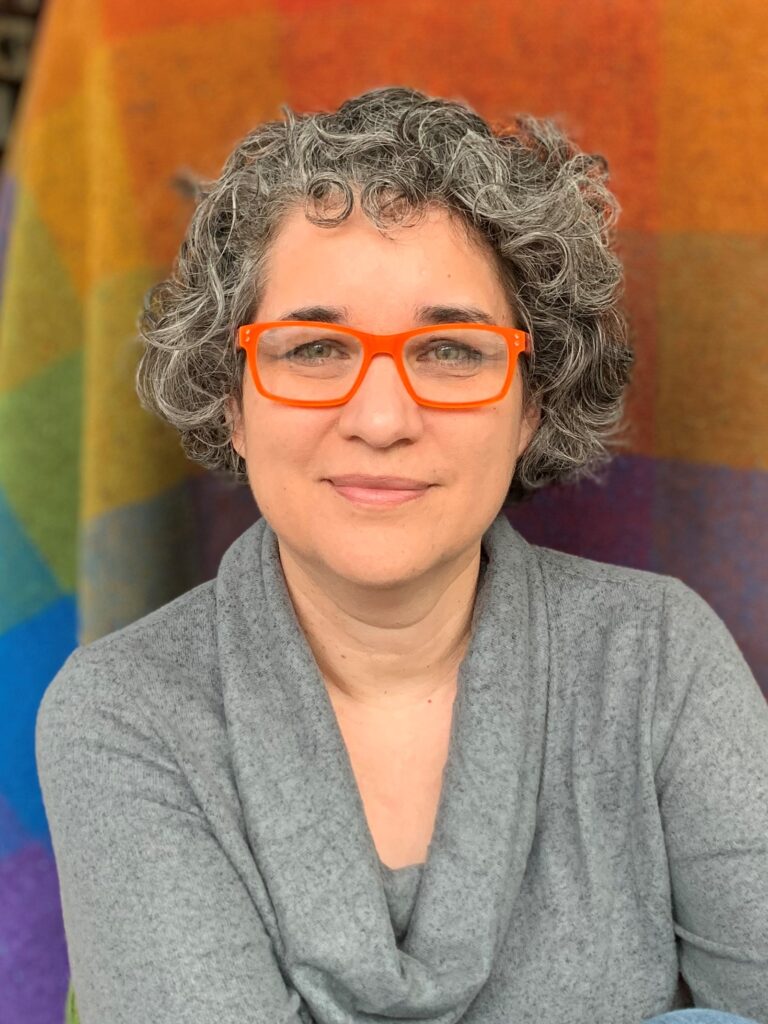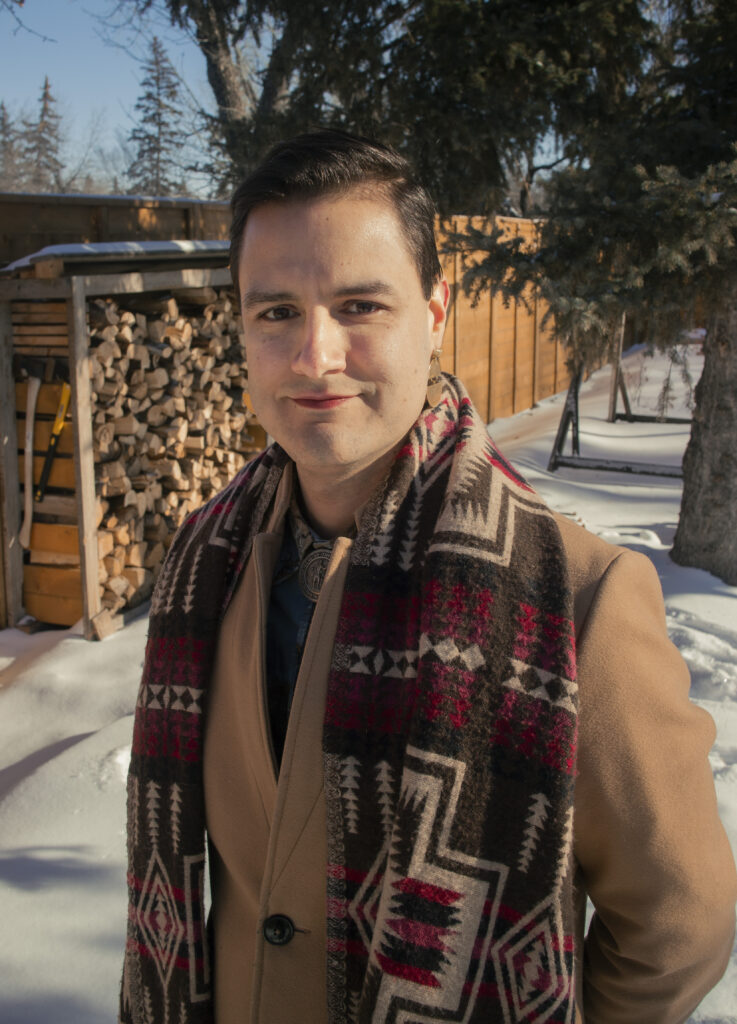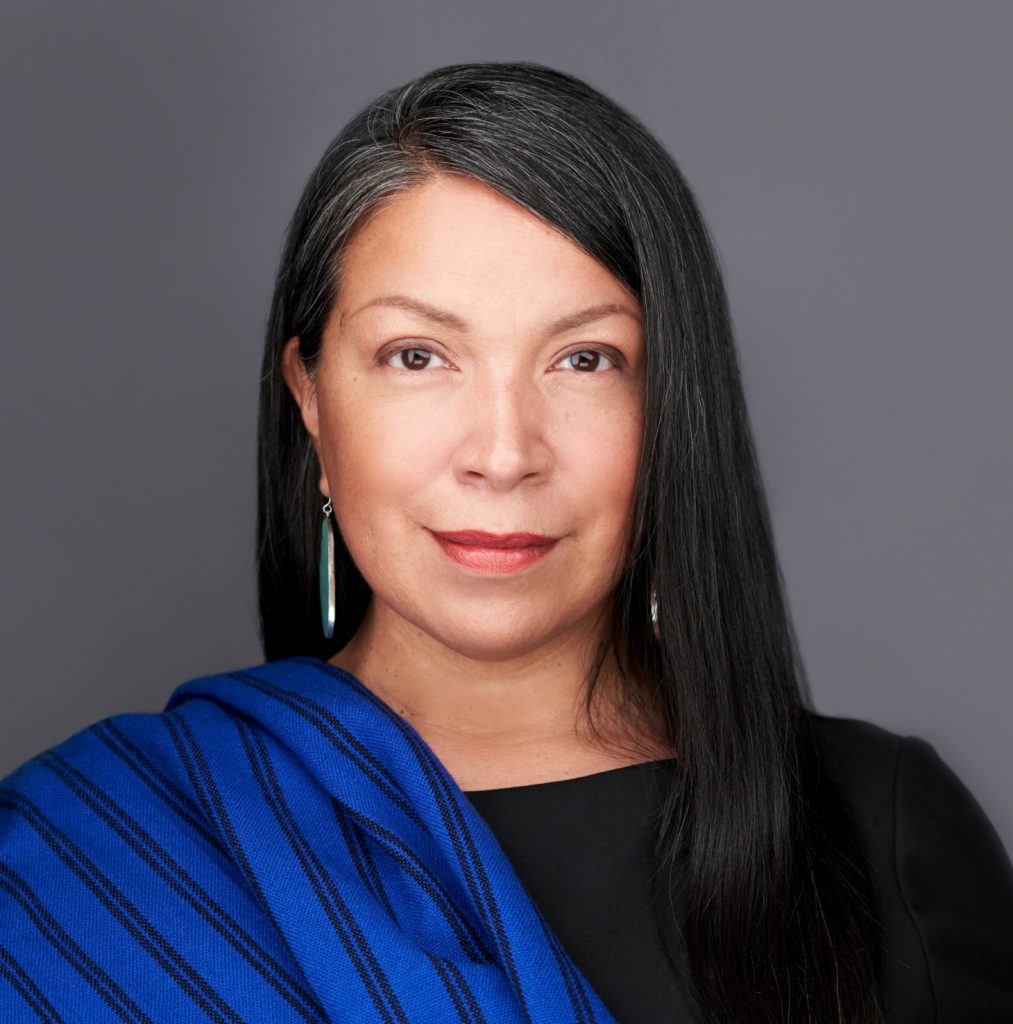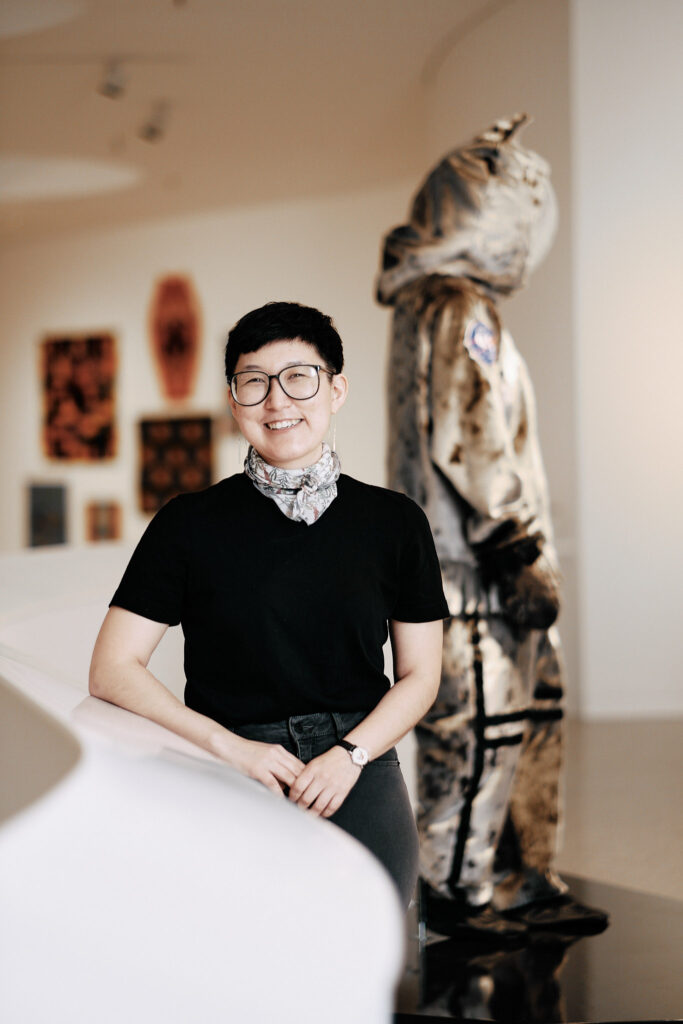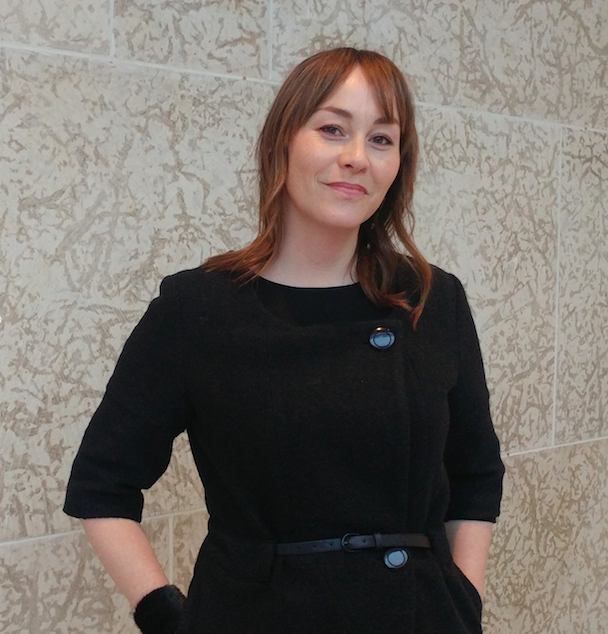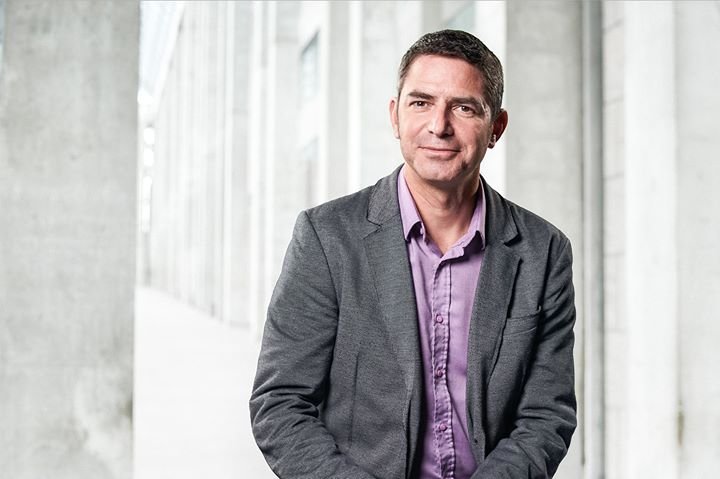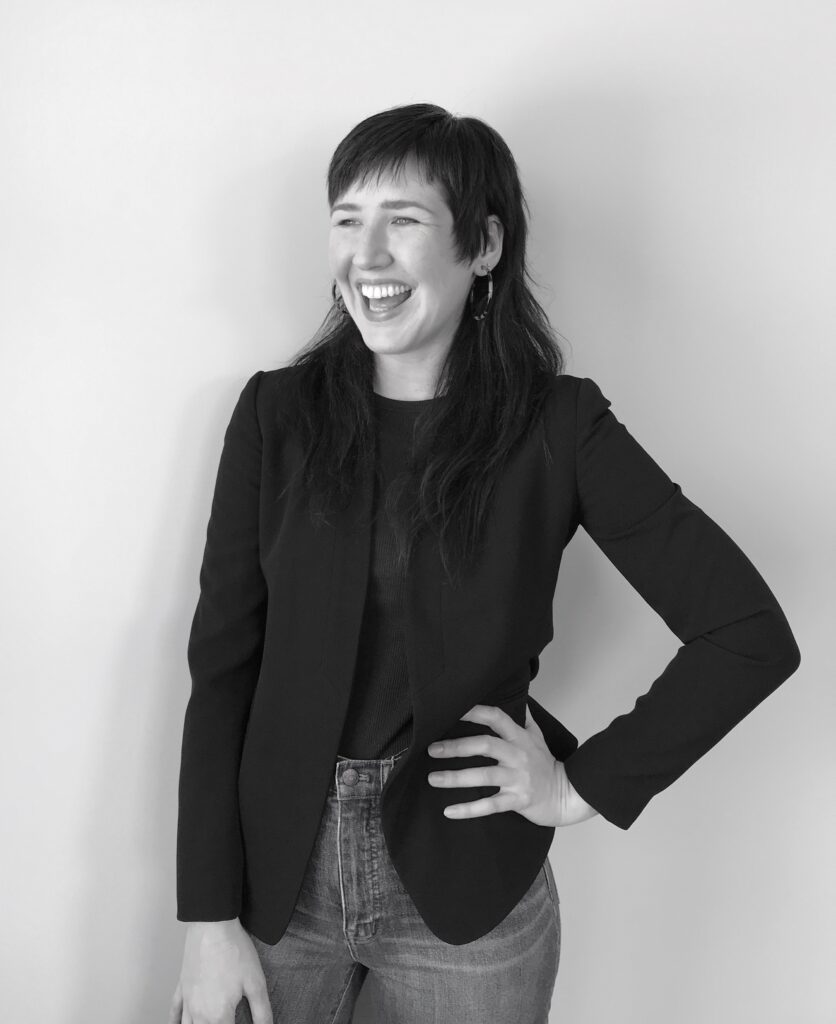Indigenizing
the (Art) Museum
SPRING 2021
ABOUT
Indigenizing the (Art) Museum launched Spring 2021 and was hosted in collaboration with Onsite Gallery as part of the Virtual Platform for Indigenous Art outreach initiative. Through a series of virtual In-Conversation events, Gerald McMaster was joined each week by a different curator from (art) museums across Canada and the United States.
Who are the curators changing the future of museums and their collections in Canada and globally?
How are new and established voices molding the exhibitions of today and tomorrow?
How can curators help Indigenize and decolonize museums and curatorial approaches?
All of the above and more are the focus of Wapatah’s latest virtual series, building upon 4 Roundtable discussions that took place in Summer 2020. A rare opportunity to meet the curators behind global (art) collections and archives, learn from their curatorial expertise and practices, and examine the shifting dialogues around Indigenous art.
The Indigenizing the (Art) Museum series was hosted with Indigenous protocols in mind with the aim of respectfully addressing questions around Indigenous curation, ceremony, and research in digital spaces.

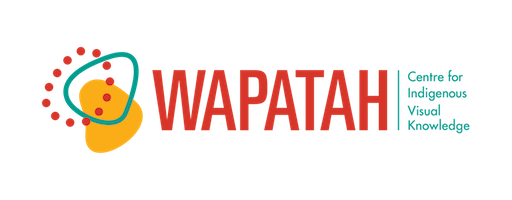
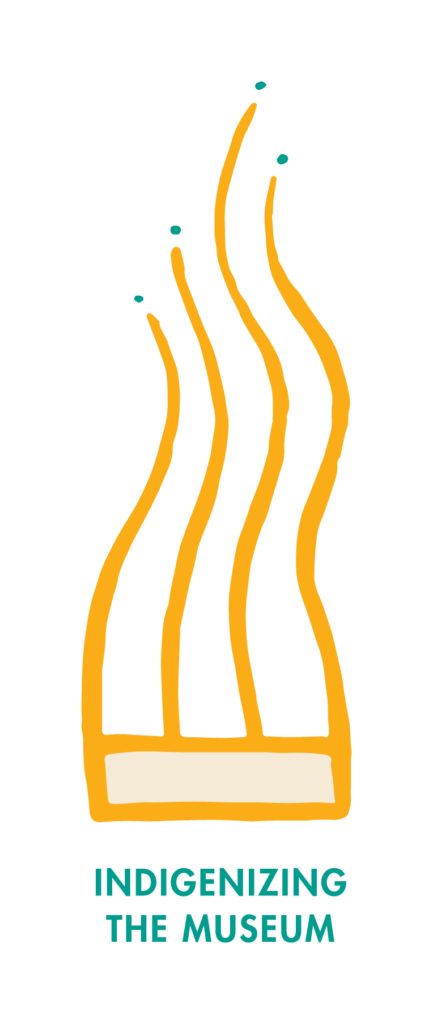
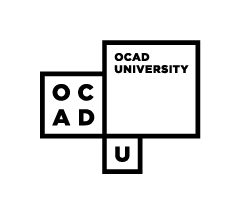
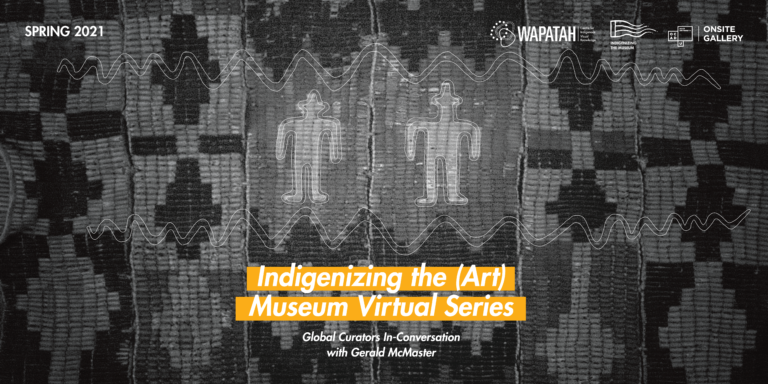
SERIES AT A GLANCE
AVAILABLE TO WATCH ON JUNE 21 2021!
Select a video below to watch Gerald McMaster in conversation with leading curators from institutions and (art) museums around the world.
GUEST SPEAKERS & CURATORS
Below are the curators you will be meeting through the virtual series. Select a profile to learn more about their practise.
Tarah Hogue
Tarah Hogue is a curator, writer and cultural worker based in Saskatoon, Treaty 6 territory and the homeland of the Métis. Her work is invested in the capacity of art and artists to envision and enact otherwise ways of being in the world, while seeking to unsettle settler colonial frameworks by prioritizing Indigenous knowledges in dialogue with other cultural communities. Hogue is Curator (Indigenous Art) and Remai Modern and is co-chair of the Indigenous Curatorial Collective / Collectif des commissaires autochtones. She is a citizen of the Métis Nation of Alberta.
Tarah Hogue
Tarah Hogue is a curator, writer and cultural worker based...
Rhéanne Chartrand
Rhéanne Chartrand (MMSt, Hons. BA) is a Métis curator and creative producer based in Toronto, Ontario. She has spent the past six years creating interdisciplinary and multidisciplinary exhibitions, showcases, and festivals for organizations such as Harbourfront Centre, OCAD University, the Art Gallery of Mississauga, the Indigenous Performing Arts Alliance, the Aboriginal Pavilion at the Toronto 2015 Pan Am Games, Kaha:wi Dance Theatre, and the National Museum of the American Indian (Washington, DC). Currently, Chartrand serves as the Curator of Indigenous Art at McMaster Museum of Art located in Hamilton, Ontario.
Rhéanne Chartrand
Rhéanne Chartrand (MMSt, Hons. BA) is a Métis curator and...
Kathleen Ash-Milby
Kathleen Ash-Milby is curator of Native American art at the Portland Art Museum. Previously as associate curator at the Smithsonian National Museum of the American Indian in New York she organized numerous exhibitions including Transformer: Native Art in Light and Sound, with David Garneau. Ash-Milby was the curator and co-director of the American Indian Community House Gallery in New York City and has published widely on contemporary Native American art, including essays in Art in America, Art Journal, and contributed to and edited numerous exhibition catalogues. A member of the Navajo Nation, she earned her Master of Arts from the University of New Mexico.
Kathleen Ash-Milby
Kathleen Ash-Milby is curator of Native American art at the...
John G. Hampton
John G. Hampton (they/them or he/him) is a curator, artist, and administrator and current Executive Director and CEO of the MacKenzie Art Gallery. They hold a Masters of Visual Studies – Curatorial Studies from the University of Toronto, and a BA in Visual Arts from the University of Regina. John is a citizen of the Chickasaw Nation, the United States, and Canada, and grew up in Regina. They have previously held positions as Executive Director of the Art Gallery of Southwestern Manitoba, Artistic Director of Trinity Square Video, and Curator at Neutral Ground Artist Run Centre. In addition to his role at the MacKenzie Art Gallery, Hampton holds an adjunct curator appointment at the Art Museum at the University of Toronto, adjunct professorship at the University of Regina, and is the co-chair of the Indigenous Curatorial Collective board of directors.
John G. Hampton
John G. Hampton (they/them or he/him) is a curator, artist,...
Patricia Marroquin Norby
Patricia Marroquin Norby (Purépecha) oversees the American Wing’s Native American art collections. An award-winning art scholar and museum leader, she served as Senior Executive and Assistant Director of the Smithsonian’s National Museum of the American Indian-New York and as Director of the D’Arcy McNickle Center for American Indian and Indigenous Studies at the Newberry in Chicago. Her forthcoming book, Water, Bones, and Bombs, examines 20th-century American Indian art and environmental disputes in northern New Mexico (University of Nebraska Press). She co-edited “Aesthetic Violence: Art and Indigenous Ways of Knowing,” American Indian Culture and Research Journal, (2015). She earned her PhD at the University of Minnesota-Twin Cities.
Patricia Marroquin Norby
Patricia Marroquin Norby (Purépecha) oversees the American Wing’s Native American...
Jocelyn Piirainen
Jocelyn Piirainen is an urban Inuk, originally from Iqaluktuttiaq (Cambridge Bay), NU, and currently working as the Assistant Curator of Inuit Art at the Winnipeg Art Gallery. Graduating from Carleton University, her educational background has primarily focused on the arts, particularly film and new media. When not working as a curator, her current artistic practice primarily involves analog photography and film — mostly experimenting with Polaroids and Super 8 film — as well as honing her crochet and beading skills. She has contributed to publications such as Canadian Art, Canadian Geographic and the Inuit Art Quarterly.
Jocelyn Piirainen
Jocelyn Piirainen is an urban Inuk, originally from Iqaluktuttiaq (Cambridge...
Jaimie Isaac
Jaimie Isaac (Anishinaabe member of Sagkeeng First Nation and of British/European heritage) is the Curator of Indigenous and Contemporary Arts at the Winnipeg Art Gallery. Isaac holds a degree in Art History from University of Winnipeg and a Masters of Arts from the University of British Columbia, thesis focus on Decolonizing Curatorial Practice. She is on the Indigenous Advisory Circle for the Winnipeg Art Gallery, Advisory Committee for the Manitoba Museum and on the board of directors for Bordercrossings Magazine. Recently, Isaac received an honouree for Leaders of Tomorrow from the Manitoba Museum 50th Tribute Awards 2020 and CBC Manitoba Future 40 Finalist. In the summer of 2021, Isaac is presenting a public artwork on Indigenous futurisms, curating an International Indigenous Triennial on the subject of water at the Winnipeg Art Gallery and managing the continued national tour of the Boarder X exhibition.
Jaimie Isaac
Jaimie Isaac (Anishinaabe member of Sagkeeng First Nation and of British/European...
Greg Hill
Greg Hill is the first Indigenous curator at the National Gallery of Canada. He is currently the Audain Senior Curator of Indigenous Art, and he has been dedicated to increasing both the collection and display of Indigenous art at the National Gallery of Canada. An artist himself, Greg Hill has been exhibiting his work publicly since 1989 with more than 75 exhibitions to date. Exploring aspects of colonialism, nationalism, and concepts of place and community through the lens of his Kanyen’kehaka ancestry, his work can be found in public and private collections around the world.
Image courtesy of the National Gallery of Canada, Ottawa
Greg Hill
Greg Hill is the first Indigenous curator at the National Gallery...
Annika Johnson
Annika K. Johnson is associate curator of Native American Art at Joslyn Art Museum (Omaha, NE). Community engagement is central to her curatorial and research practices, which focus on Native American art in the Upper Plains from the 19th century to the present. She received her doctorate in art history at the University of Pittsburgh in 2019 with the support of Smithsonian American Art Museum and Center for Advanced Study in the Visual Arts fellowships. Her recent article on cross-cultural artmaking in Mni Sota Makoce can be found in Archives of American Art Journal.
Annika Johnson
Annika K. Johnson is associate curator of Native American Art...
Jill Ahlberg Yohe
Jill Ahlberg Yohe is the associate curator of Native American Art at the Minneapolis Institute of Art (Mia). In 2008, Ahlberg Yohe received her PhD from the University of New Mexico; her dissertation was a focus on the social life of weaving in contemporary Navajo life. Along with Teri Greeves, Ahlberg Yohe is the co-curator of “Hearts of Our People: Native Women Artists.” At Mia, Ahlberg Yohe seeks new initiatives to expand understanding and new curatorial practices of historical and contemporary Native art.
Jill Ahlberg Yohe
Jill Ahlberg Yohe is the associate curator of Native American...
WAPATAH & TEAM CONTRIBUTORS
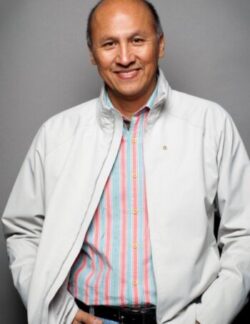 |
Dr. Gerald McMasterDr. McMaster has over 30 years international work and expertise in contemporary art, critical theory, museology and Indigenous aesthetics. His experience as an artist and curator in art and ethnology museums researching and collecting art, as well as producing exhibitions has given him a thorough understanding of transnational Indigenous visual culture and curatorial practice. His early interests concerned the ways in which culturally sensitive objects were displayed in ethnology museums, as well as the lack of representation of Indigenous artists in art museums. As a practicing artist, he offered a way of staging hitherto decontextualized objects different from the traditional formats favoured by exhibition designers trained in Western traditions; instead, his was an approach that rested on Indigenous epistemologies. These early stages in developing an –Indigenous visuality led him to study concepts in visual, experiential and spatial composition. His exhibition Savage Graces (1992) challenged long held views, and played a major role in breaking down conventional barriers around where art should be practiced, while also demonstrating that art is not tied to ethnicity. As a curator, he focused on advancing the intellectual landscape for Indigenous curatorship through the foundational concept of voice. He curated, for example, an exhibition called Indigena (1992) that brought together unfiltered Indigenous voices for the first time. Until then, non-Indigenous scholars had dominated discussions of Indigenous art, history and culture. McMaster made the point that Indigenous artists and writers were more than capable of representing themselves in articulate, eloquent ways. Over the past 20 years, he has continued to refine the idea of voice, leading him to ask: How can Indigenous voices continue providing new perspectives on well-researched subjects such as art, history and anthropology? Throughout his career, his championing of the mainstream value of Indigenous art, among other things, has led to his being chosen to represent Canada at a number of prestigious international events. These include his serving as Canadian Commissioner for the 1995 Venice Biennale, and as artistic director of the 2012 Biennale of Sydney, and curator for the 2018 Venice Architecture Biennale. Dr. Gerald McMasterDirector, Tier 1 Canada Research ChairDr. McMaster has over 30 years international work and expertise... |
|
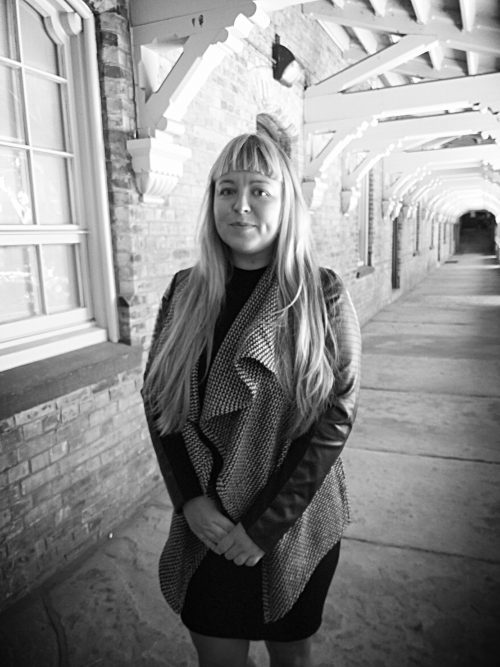 |
Natalja ChestopalovaPosition: Research Project ManagerNatalja Chestopalova is part of the Ph.D. in Communication and Culture Program at York and Ryerson Universities in Toronto. Her research is informed by the study of digital media, archival aesthetics, phenomenology, and psychoanalysis, and focuses on the transformative sensory experience and multimodality in film, graphic novel medium, and theatrical site-specific performances. With the support from the Social Science and Humanities Council of Canada (SSHRC), she has presented at multiple Canadian and International events, including roundtables & panels on new media archives, visual storytelling, and preservation of ephemeral cultural narratives. Her recent works include papers and multimodal installations on archives-of-trauma in non-fiction graphic narratives and theoretical developments in the Lacanian concept of the voice and voicelessness. Her publications appear in the White Wall Review, Canadian Journal of Communication, Dialogue, The Routledge Encyclopedia of Modernism, Sound Effects: The Object Voice in Fiction, and an essay volume on the Freudian theory of afterwardness and archives-of-feeling in comics of Alison Bechdel. Natalja ChestopalovaResearch Project ManagerNatalja Chestopalova is part of the Ph.D. in Communication and... |
|
 |
Brittany BerginPosition: Research AssistantBrittany Pitseolak Bergin is a research assistant at Wapatah Centre, OCAD University. Raised in Southern Ontario, her family is from Kinngait, Cape Dorset. Inspired by the artists in her family and community, including her great-grandmother and namesake Pitseolak Ashoona, Brittany’s focus at Wapatah is centred in community engagement as she continues to support major projects and outreach initiatives. Her work has been integral to the success of projects such as the Virtual Platform for Indigenous Art, Arctic/Amazon Symposium, Arctic/Amazon: Networks of Global Indigeneity exhibition and publication, and Indigenizing the (Art) Museum Virtual Series. Her most recent conferences include the Frontend Conference (Munich) and Inuit Studies Conference (Montreal). Brittany BerginResearch AssistantBrittany Pitseolak Bergin is a research assistant at Wapatah Centre,... |
|
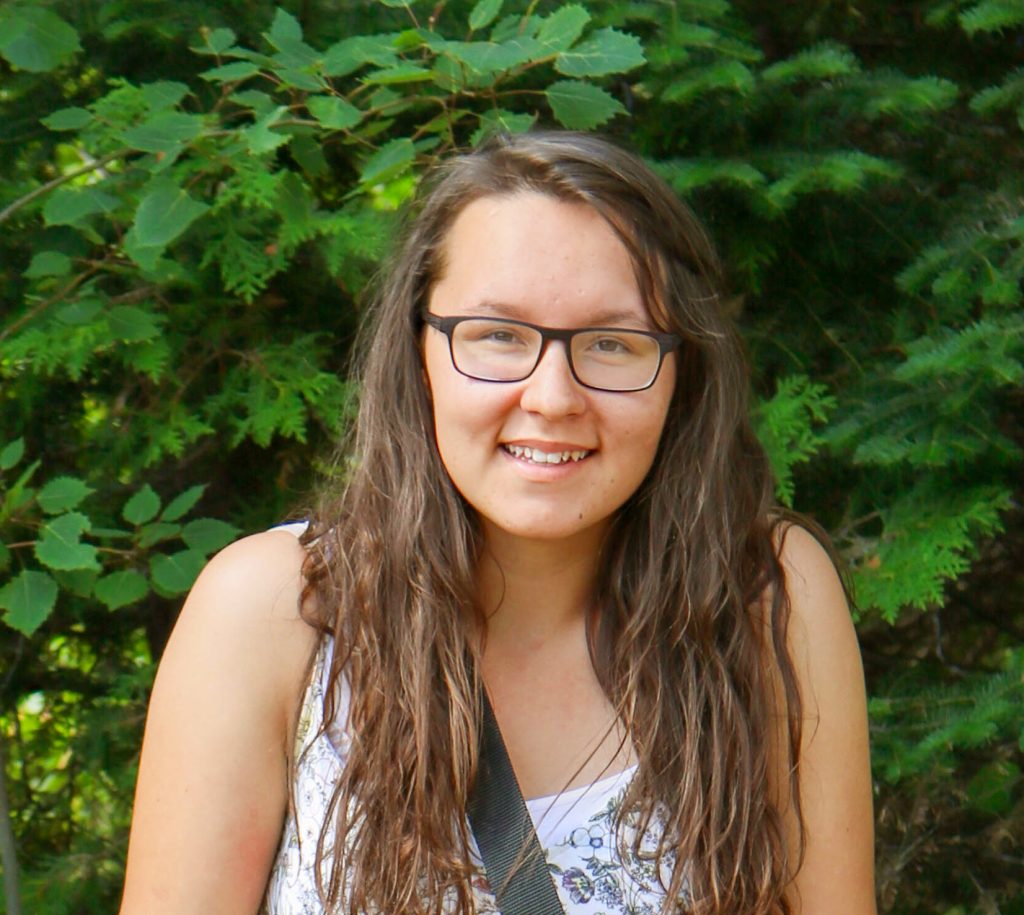 |
Mariah MeawasigeMariah (Makoose) is an Anishinaabe/settler and creative from the northern shores of Lake Huron. Her practice specializes in graphic design but questions the bounds of communication through illustration, sculpture, video, and performance. She created the logo for the Wapatah Centre for Indigenous Visual Knowledge and is currently working on the centre’s visual identity. Through her love of stories and storytelling, Mariah’s body of work aims to explore temporalities and place, map memories, and build relationships. Mariah MeawasigeResearch AssistantMariah (Makoose) is an Anishinaabe/settler and creative from the northern... |









EVENT FAQS
The Indigenizing the (Art) Museum virtual In-Conversation series will be released as a set of lectures available to watch on YouTube on June 21, 2021.
Learn more about our upcoming celebration for National Indigenous People’s Day and the release of Indigenizing the (Art) Museum here.
Indigenizing the (Art) Museum is hosted in English with OCAD University A/V Support. If you are in need of closed captioning, please contact Brittany Pitseolak Bergin bbergin@faculty.ocadu.ca ahead of the event you are attending so that we can do our best to accommodate your needs.
Tickets registered through Eventbrite are valid only for a single event. If you are attending multiple events, you must register for each event separately through Eventbrite. Registration to attend through Zoom is limited. Registering for a single event will reserve one spot in the Zoom webinar.
Each event will follow a similar structure supported through Zoom Webinar and YouTube livestream, moderated by the Indigenizing the Museum Team with OCADU A/V Support.
Open Dialogue with Gerald McMaster
Q&A period through chat and/or Q&A box
Access to recordings through wapatah.com

